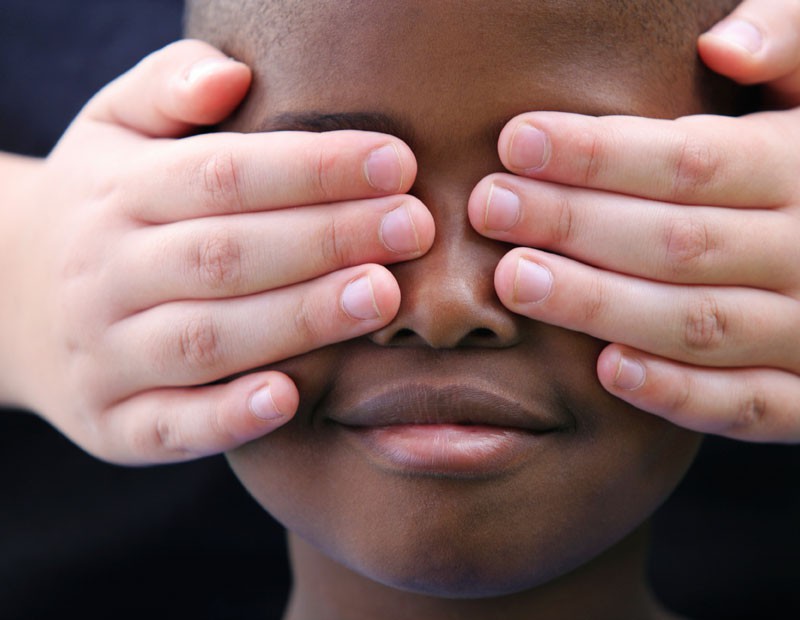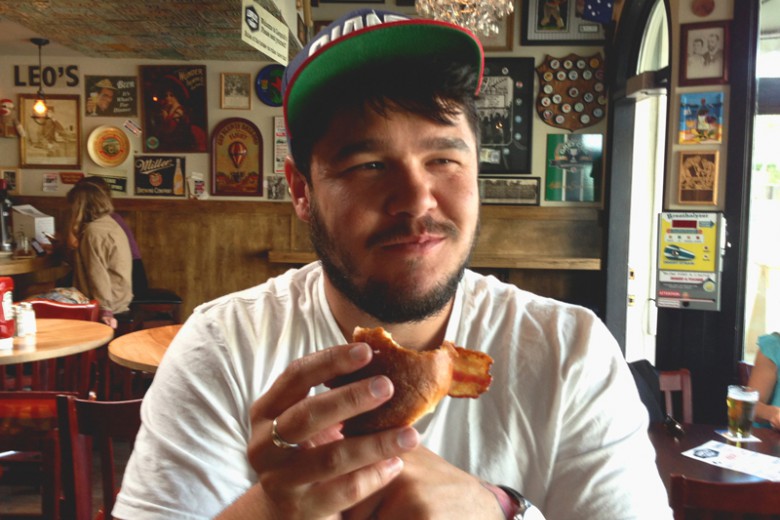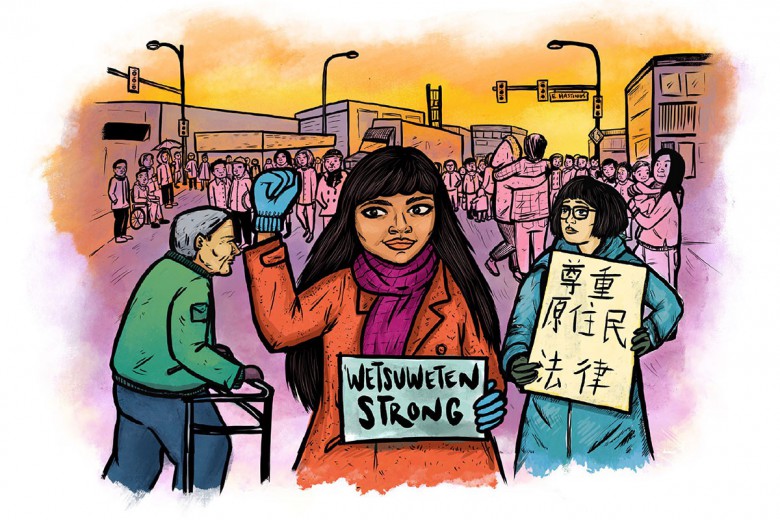
Multiculturalism – the idea that the existence of multiple cultures within Canada should be accepted and encouraged – has been official state policy since 1971. Celebration of the diversity of our northern cultural kaleidoscope has become a mark of national pride. But while the myth of multiculturalism encourages us to imagine Canada as an anti-racist state, it has done little to actually end the racial inequities that permeate Canadian learning. Why?
While in theory multicultural education promotes inclusion by recognizing student diversity and creating an environment where all can feel comfortable and accepted, the reality is that multiculturalism has failed to deliver. Black and Aboriginal people in Canada continue to rank lower than average in terms of educational attainment. In 2006, 50 per cent of First Nations people aged 25 to 64 living on reserve and 30 per cent living off reserve had not completed high school, more than double the 15 per cent of adults in the general population with less than a high school education. A curriculum grounded in multiculturalism is not only incapable of addressing these disparities, it actually helps to perpetuate them by encouraging us to make tokenistic gestures to diversity rather than addressing inequality.
Proponents of multicultural education would certainly suggest otherwise, arguing that celebrating diversity serves to include students from diverse backgrounds in education. In research I conducted on racism against Aboriginal students in prairie schools, an inner-city educator told me, “if [their] culture is being … honoured and recognized and accepted in their school, then maybe they’d be more likely to stay.” Unfortunately it’s not so simple. Multiculturalism fails to address the systems of racial power that created and maintain inequalities, and thus will never be sufficient to overcome these inequalities.
While multiculturalism encourages us to imagine our society as a mosaic of different but equal pieces, the material organization of our society still privileges white people with disproportionate political, social and economic power. Multicultural education aims to promote sensitivity to cultural differences and interchange between people perceived as different. In their efforts to recognize diversity, schools have amended their calenders, adding Black History and Asian Heritage Month. But adorning the walls with displays of ethnic art and bringing cultural performers into school assemblies do nothing to help teachers and students interrogate systems of racial power.
Inserting ethnic heroes and holidays into a Eurocentric curriculum fails to disrupt the normative whiteness of Canadian settler society. In an essay entitled “Aboriginal People and Stories of Canadian History,” York University professor Susan Dion points out, “Teachers and students interested in appreciating difference are not required to confront the significance of colonization.” Multicultural education seeks to celebrate difference rather than recognizing the colonial and economic relations that marginalize racialized peoples. Multiculturalism fails to endow learners with the critical tools necessary to construct a truly transformative education.
Instead, multiculturalism promotes what some have characterized as a tourist gaze or culinary approach to understanding and valuing difference. Diversity is recognized to the extent that it can be commodified and consumed. As cultural theorist bell hooks argues, this fetish for “eating the Other” allows people to enact fantasies about the primitive “in a manner that reinscribes and maintains the status quo.” In multicultural education, language and customs, food and costume become the objects of learning. Culinary multiculturalism offers the opportunity to expand the breadth of the Canadian cultural palate: however, like a tourist resort, exposure to the exotic world of the ethnic Other serves primarily to enrich the lives of privileged (white) consumers without disrupting the hierarchies of race.
In emphasizing the importance of traditional stories, song and dance, schools have become arbiters of the boundaries of authentic and permissible minority culture without an understanding of the impact of colonialism. Another inner- city teacher I spoke with described how, while she perceived Aboriginal culture “in a positive light, like, with the language and the traditions and the stories and the songs,” many of the Aboriginal students at her school were “living in a culture … where school completion is not a priority and it doesn’t have any importance in the home or really in the community.” This blames the Aboriginal peoples for the impact of colonialism. Aboriginal cultural values weren’t lost through misguided parenting, they were stolen by the genocidal policies of the Canadian state.
Instead of multiculturalism and superficial “tolerance” of difference, we need to talk about racism and anti-racism. Fundamentally, this means talking about power: who has it, how it is exercised and how it is perpetuated. While most of us recognize racism as a form of individual prejudice, racism also operates through a much broader set of social processes and institutional practices, often so normalized that they are invisible, at least to those of us who benefit from them.
School is not a racially neutral site; we need to unravel the power of whiteness and how it is reproduced in the classroom. Educators need to understand racialized student issues within the complexity of colonial histories, and to not just assume that problems originate in the home or in the cultural deficiencies of the student’s community. Rather than gazing upon ethnic Others with the eyes of a tourist, we need to see whiteness critically from the perspective of those it has exploited, dispossessed and excluded.
Anti-racism focuses on the structures, ideologies and institutionalized practices that produce privilege and disadvantage. Rather than trying to “add and stir” diversity into the classroom, anti-racist education seeks to radically shift the balance by bringing students and teachers to a critical consciousness of how the legacy of colonialism has shaped school and society. White privilege, the ongoing violence of colonialism and the myths of meritocracy – these are topics our curricula can and should address. A grounding in these topics would serve Aboriginal students and students of colour far better than the abstract respect of their “difference,” and would help white students recognize they have a role in anti-racism as well. Anti-racist education aims not simply to dispel prejudice but to transform students into actors for social change.
Instead of reinforcing mythologized cultural differences, anti-racist education focuses on the fundamental injustices of how these differences came to be vested in hierarchies of social, economic, and political power. Only when whiteness is visible and contested, rather than assumed as the unspoken norm, can we begin to collectively work to revision our world as a place where we all belong as equals.
Thank you to Sheelah McLean, Verna St Denis and Evelyn Peters for their contributions to the research of this article.






